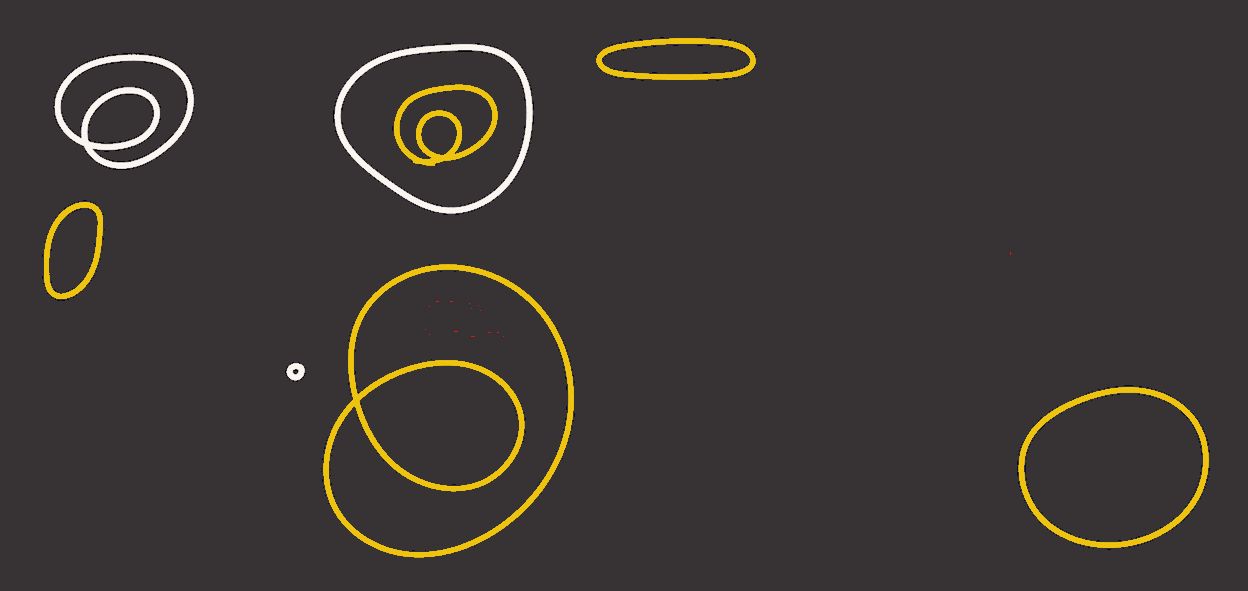We all use mental shortcuts to help us make decisions. There is simply too much information coming at us from all directions, and too many decisions we need to make from moment to moment, to think every decision through a long and detailed analysis.
In many cases intuition offers the perfect shortcut to make these quickfire decisions. But rely on the wrong kind of intuition to make decisions and you’ll be easily misled. According to Daniel Kahneman, there are, in fact, two very different kinds of intuition. (This talk on expertise and intuition is well worth your time).
- Intuition #1 – The instant, unconscious, automatic, emotional, intuitive thinking.
- Intuition #2 – The slower, conscious, rational, reasoning, deliberate thinking.
Most of us rely on #1, what’s referred to as “expert intuition”. It’s the snap judgment kind where you recognise something familiar. We recognize a situation and we intuitively know how to respond because our brain sees the pattern.
What makes expert intuition dangerous is that it has a magnetic force that draws us towards repeating positive experiences that have worked in the past. If a blue button was clicked more times than a red button, expert intuition would tell us to choose the blue one next time we’re faced with a similar problem.
On paper, this seems like a good thing – it leads us back to what’s successful. But it also means we forgo the risky, unintuitive ideas in favour of the familiar ones. However, what startups actually need more of is ideas that look wrong on first inspection. (Paul Graham wrote the canonical essay on this in “Black Swan Farming”)
A good example of this is the Rorschach test used by the legendary designer Paul Rand to test his students’ intuition. A group of students were given a simple task: “Make something of these lines”.

Rand’s first instinct was to rearrange the lines into a familiar shape, but as he patiently sat with the problem for a while longer he started to see a clown’s face emerging and he added some subtle color and contrasts to bring the face to life.
The students did the opposite. They all automatically rearranged the lines to represent real things or parts of real things, such as flowers, animals, faces, scenes. None used color, and none ventured outside the square. Their intuition actually led them to reject a perfectly good option that was right in front of them.
Rand’s patient, methodical experience is reflective of a different type of intuition – strategic intuition. It’s the type that comes to us when running, cycling home or even when walking to the bathroom. Unlike expert intuition, it’s not a gut feeling that comes to us right away. It only comes when we’ve had the opportunity to think more deeply about the problem we’re solving.
Working at a startup, it’s rare we get the time to use this type of strategic intuition. We’re usually forced to be reactive, rather than reflective. But in reality, if you’re too quick to find a solution, you’re probably not thinking hard enough about the problem.
So don’t let intuition trick you into seeing patterns and connections that aren’t there. Rather than being the first to answer every question, fight for the time and space to let those “unintuitive” ideas rise to the fore.

